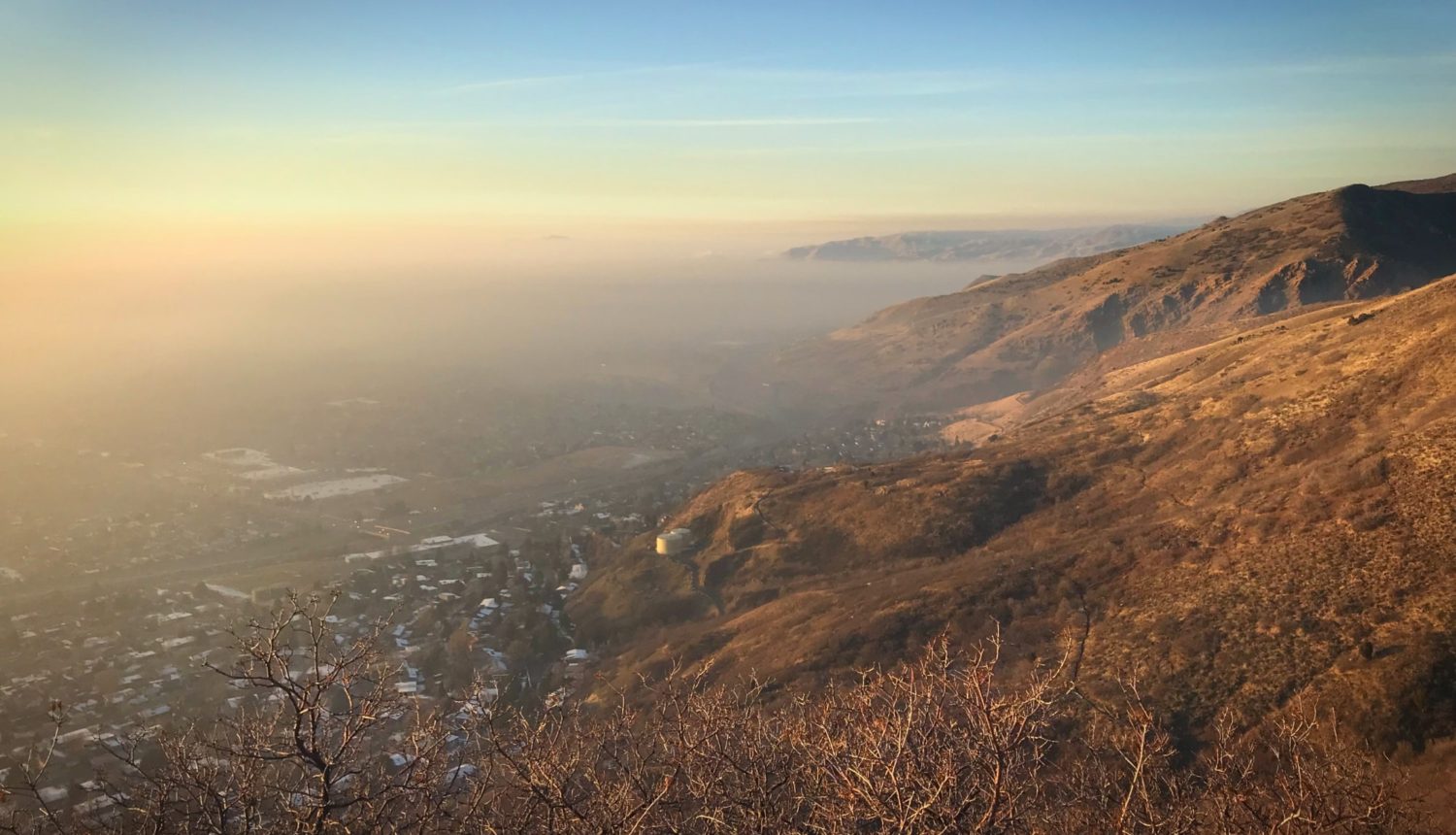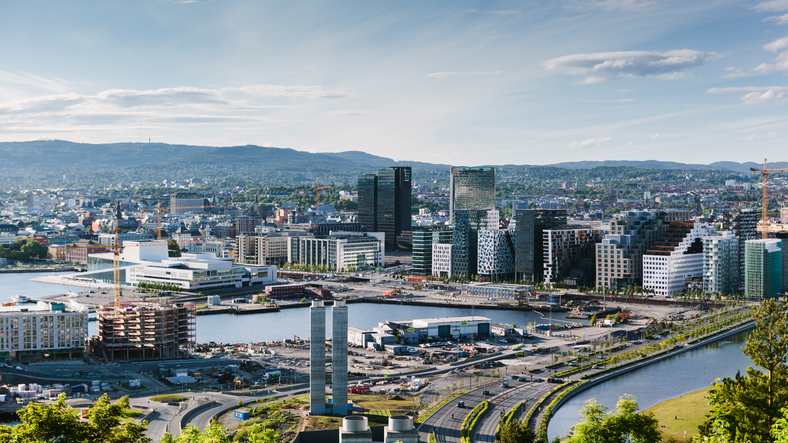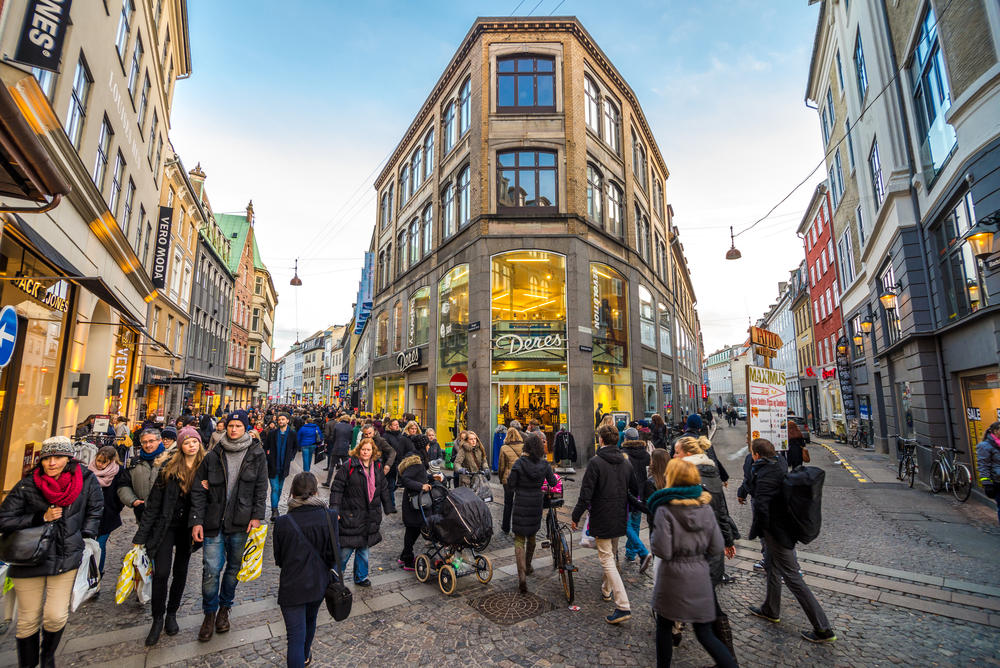Erica Evans, Investigative Reporter
I moved to Utah about a year and a half ago from California. I have strong family ties to this state, so I had visited many times but never long enough for the air quality to really bother me. That first winter, the air quality was something that I kept noticing and kept hearing people talk about. I went on a hike, and by the time we got to the top, couldn’t see the valley floor. My sister’s boyfriend came to visit for the holidays, he’s her husband now but at the time we were really trying to impress him. We wanted him to like the place where our family is from. But as we were driving through Lehi, this haze set in where we could barely see 5 cars in front of us. And he was like wow, I feel like I’m in Beijing. I felt embarrassed! And I just wanted to know what could be done about it.

In 2018, the American Lung Association ranked the Salt Lake-Provo-Orem area as the eighth-most polluted place in the nation in terms of short-term particulate matter and 18th in terms of ozone. Both those pollutants have been linked to a myriad of diseases. One thing you’ll often hear people say is that oh it’s getting much better. That’s true. Particulate matter pollution has been cut in half since the 1980s, but ozone pollution levels in 2017 and 2018 were the worst in a decade, partly due to hotter and drier weather.
So what are the stakes? Increased hospital admissions for respiratory illnesses, miscarriages, missed school and work days, workforce talent leaving the state: Envision Utah did a poll that said air quality was the #1 reason tech workers considered moving, and then there’s anecdotal evidence of businesses deciding not to come here because of the air quality as well.
So that’s how I ended up travelling to Norway with a solutions journalism grant to look at air quality solutions.
I considered a lot of different cities, but Oslo stood out to me immediately because they have more electric cars per capita than any other city. By a HUGE amount. I mean, 1% of cars in the U.S. are electric. More than 40% of cars in Norway are electric. And in Oslo, it’s half the cars. It’s cold and snowy in winter, but people still ride their bikes with hand guards and studded tires. They have inversions because they are surrounded by mountains, and they have comparable population size although it’s a lot more dense. Most importantly, they’ve dealt with a lot of the same air quality issues we have here.

So what’s the difference?
Well, they have a different political system than we do, and one where the people put a lot of trust in the government to solve problems.
Oslo has decided to make the health of its people the priority, not convenience, not money. They’ve banned fossil fuel heating starting in 2020 and the sale of gasoline vehicles starting in 2025. For a long time, they have been subsidizing and incentivizing electric cars with free parking, free charging, free passage on tolls, and tax breaks. To get where they want to be, city officials have a philosophy one person called the “greedy method.” And that’s about taking every small action they can wherever possible. One example is that instead of building roads the maximum width and bike lanes the minimum width, they flipped that. So they make the car lane the minimum width and give the rest of the road to bikes. They are making their city center car-free. But they are doing it one street at a time. They wanted to block off the road in front of the city hall, but didn’t want to wait to redesign the whole thing, level the curbs, repaint. So they put up temporary signs and filled the space with temporary street furniture. And it took one day to set up.

Whereas cities have been built around cars for the past century, they’re just now starting to design the city around people. Cars stand still 95 percent of the time and take up valuable public space and resources. And they’re not that cute either. When was the last time you wanted a line of cars for the background of a photo? Oslo is experiencing the same kind of population growth that Utah is. And they are realizing it’s not sustainable to add one car to our streets for every new adult who moves here. So we have to develop alternative means of getting around.
For the Oslo city government, it’s more about asking why can’t we do something, than why should we. Utah is still stuck on the should-we, in my opinion.
I mean, we can’t agree to put bike lanes on 2100 S., in one of the neighborhoods where people are most likely to bike!
There are several political barriers we face in this state. The first is that we really value personal freedom. But we need to reframe that value so that instead of being protecting the personal freedom to pollute however much we want, we protect the personal freedom to breathe clean air that doesn’t make you sick. The second is that there are often business interests at stake in proposed clean air legislation. And that there’s often just not enough funding. So we’ll have to see what comes out of the current legislative session.
The other lesson-learned that I’ll bring up is that people are people in Utah and in Oslo. Citizens of Oslo are not all green hippies hoping to save the planet. They are motivated primarily by cost and convenience just like us. So what has been so effective at influencing behavior there is both incentives and disincentives. Not only is public transportation very convenient and electric cars are cheap, but driving gasoline cars is very expensive and parking is very difficult. It’s because they are coming at it from both those directions that they’ve seen widespread behavior change.
It was really interesting for me to talk to behavioral psychologists about this question as well. And ultimately, humans are not influenced by information, we are influenced by social pressure and our environment. Living in a neighborhood that is designed to be walkable where all your neighbors walk, will do more for your health than a million PSA’s telling you to get active. So we need to have the right incentives and infrastructure in place to help people make those better choices.
As part of this project as well, I did an experimental week without a car and I filmed my experience. (View it at https://www.youtube.com/watch?v=0a-7QMz9IRc&fbclid=IwAR3E-7AsNmrYPfgR11ERJjQi4MWsWmfmZDYB2bn9Mv2XTN93zERhyHuFPes .) And basically, I found that we do not have the right incentives and infrastructure in place right now in Salt Lake City.
1. Commuting via public transit takes on average 3 times as long as driving.
2.There are not good options for weekend and late night service. And several times I got stranded and had to walk miles to get home in the dark.
3. Bike lanes make a huge difference in terms of how safe I feel.
4. Taking public transit is cheaper than OWNING a car, but if you already own a car and are going to pay to maintain and insure it no matter what, public transportation is more expensive than paying for the gas. So the economic incentive is not there either for someone like me.
5. But, something positive I learned was that commuting during work times is actually pretty convenient and there are a lot of options for me where I live. I had just never tried it! So that’s something I’ve committed to doing more. And ultimately, we know the change starts with us.
About the Author: Erica Evans is a reporter for the Deseret News InDepth team. She graduated from Stanford University in 2017 with a B.A. in international relations and an M.A. in journalism. This past year, she produced a three-part series on air quality for the Deseret News, supported by the Solutions Journalism Network.
Note: Recently, CNU Utah invited four people to present at one of the Chapter’s UrbanTHINK events on the topic, “The Future of New Urbanism.” Each one took a very different approach to the topic. Over the next several weeks, we are posting their remarks in hopes of inspiring further thought and discussion of where New Urbanism is headed.

